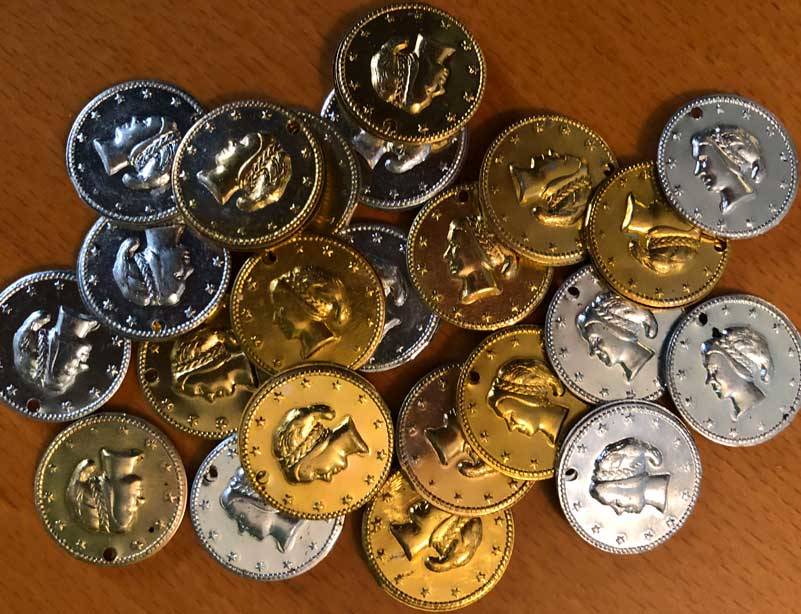By Morf Morford
Tacoma Daily Index
A central philosophy of writing is the iceberg principle; the words themselves are about 10% of the message.
90% of the message is not so much hidden as implied or even brought to the written words by the background, experience and assumptions of the reader.
History, practical experience and context amplify, confirm or even contradict any given written message.
Oddly enough, this is also true in the mundane, presumably practical world of money.
Those who know such things insist that about 10% of US dollars, for example, actually exists in the form of actual (but representative) paper or coins.
Consider those dollars on your credit or debit card, for example as the proverbial background, experience and assumptions of yourself or any potential user or receiver of those dollars.
Those dollars are potentially real, on hold basically, until they are needed or called into action.
Those dollars are “backed up” by the “Full faith and credit” of the US Treasury.
This basically means that if you go to their office and give them a one dollar bill, they will give you in return, another one. Or change if you prefer.
What they won’t give you is the purchasing power of that same dollar a decade or two ago.
Or anything tangible like gold or silver. Or even a carrot or a chicken.
Before we go on, we should review what money actually is, or more precisely, what it does, in any economy.
Money, whether rubles, or yen or US dollars all do the same three things; first, money is a store of value, meaning that money allows you to defer consumption until a later date.
Seconds, it’s a unit of account, meaning that it allows you to assign a value to different goods without having to compare them. So instead of saying that a gallon of gas is worth two gallons of milk, the system applies an agreed upon value for each item which is denominated in cash value.
And, third, it’s a medium of exchange—an easy and efficient way for any of us, at our own time and setting, to trade goods and services with each other.
In short, money is a third party to any transaction. It is the medium, the linkage or connection, between two parties who may or may not know each other, and in our current economy, two parties who may never see or even encounter each other.
To put it simply, money is convenient.
Money, especially cash, is more peculiar the more you look at it.
Money is impersonal and (in most cases) any given bill of the same denomination is essentially indistinguishable from any other bill.
Money in many situations is the most valuable item within sight. In other situations, in the presence of a deathly ill child or any personal tragedy, for example, it could not be less relevant.
Money then, is anonymous, even though it often defines and limits us, and in some cases powerful, other cases completely powerless.
Money is essentially a platform for impersonal transactions, with an equalizing effect, and clearly (most of the time) defined and easily calculated values.
In a truly stable (meaning entirely agrarian economy) money is of little use.
But if an economy intends to grow or expand beyond its existing borders, it needs a format that transcends borders of all kinds – national, religious, cultural or any other.
A few centuries ago (and even more recently in some places) national coinage literally held value; a $10 dollar gold piece held $10 worth of gold. A silver dollar was made of a dollar worth of silver.
A dollar back then actually held value.
It didn’t just “represent” value.
At least it did if you assumed that gold or silver held value.
Back to my example of money’s ability to intervene in the plight of a deathly ill child; gold, silver or anything that once held value, loses it entirely.
Money is, by necessity, a single use product; you can’t eat it or wear it. Its single use is as a medium – which is of course a broad use – but still single.
Cyber-currencies are merely the next logical extension to our ever-adapting concept of money.
Critics observe that cyber-currencies aren’t “real”.
Of course they aren’t.
But they are just as “real” or “unreal” as any other government, corporate or event-based scrip or coupon.
Cyber-currencies, like their government, or even corporate counterparts, hold as much value as we ascribe to them.
I inherited all kinds of wooden nickels, tax-tokens, souvenir and commemorative coins and bus tokens from my parents.
Except for some rare (or sentimental) collector of coin ephemera, my coin collection is worth essentially nothing.
I have accidentally continued this family tradition. I have my own collection of random and largely worthless coins and bills from rubles to pesos to Deutschmarks and any other discontinued or devalued currencies I have found or gathered.
They are unique, obsolete and, in some ways, fascinating.
I like their art, their shape, their heft and maybe even their history.
There is no shared consensus of value for any one of them.
In other words, money can be more, or at least other, than a means of exchange.
Maybe we’ve always had what we would now call “alternative currencies” – but they were wooden or even pieces of company-sponsored paper.
Who knows? Maybe in some digital equivalent of a coin store cyber-currencies will be collectible someday.
You can see more on the always strange history of money here – https://spectrum.ieee.org/at-work/innovation/a-brief-history-of-money.






